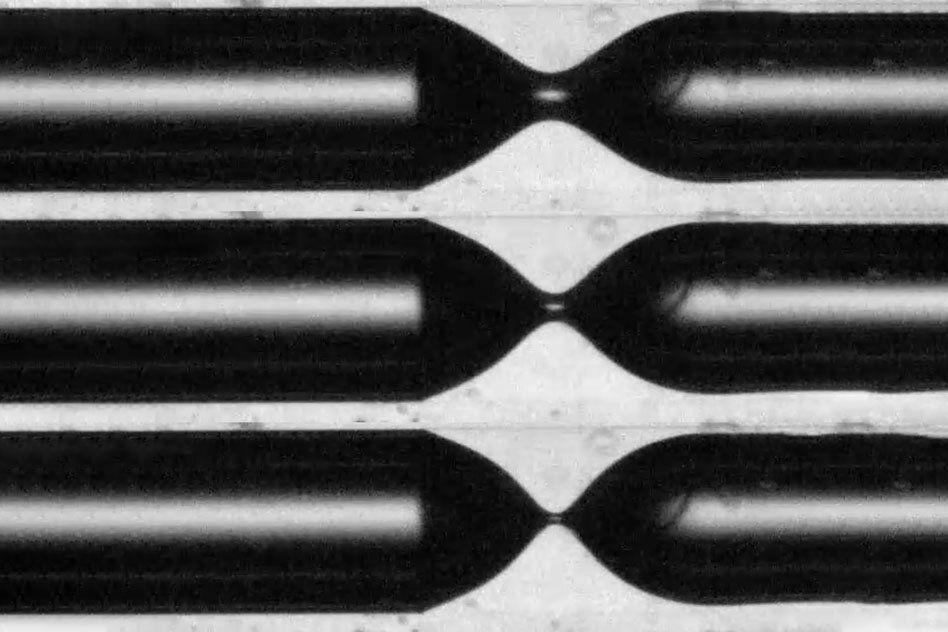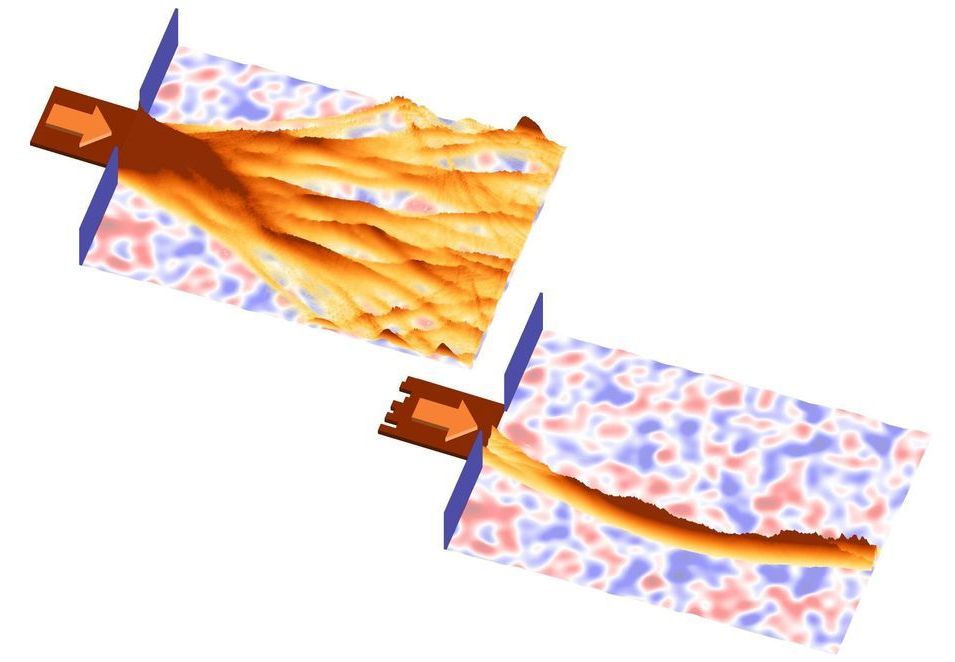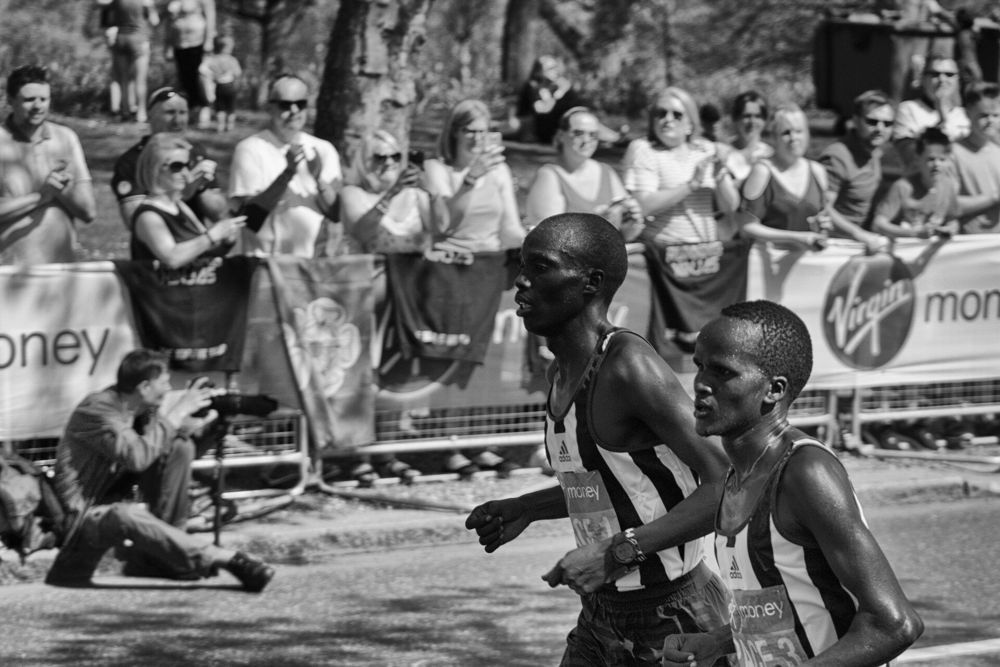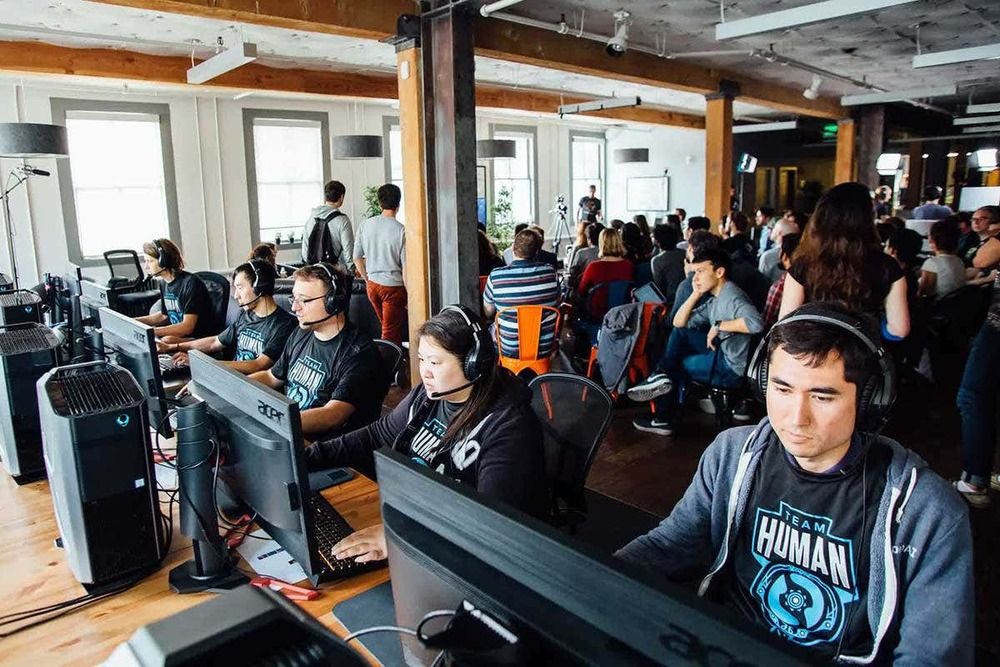According to a first-of-its-kind study, cities with a higher incidence of a certain kind of racist tweets reported more actual hate crimes related to race, ethnicity, and national origin.
A New York University research team analyzed the location and linguistic features of 532 million tweets published between 2011 and 2016. They trained a machine learning model—one form of artificial intelligence—to identify and analyze two types of tweets: those that are targeted—directly espousing discriminatory views—and those that are self-narrative—describing or commenting upon discriminatory remarks or acts. The team compared the prevalence of each type of discriminatory tweet to the number of actual hate crimes reported during that same time period in those same cities.
The research was led by Rumi Chunara, an assistant professor of computer science and engineering at the NYU Tandon School of Engineering and biostatistics at the NYU College of Global Public Health, and Stephanie Cook, an assistant professor of biostatistics and social and behavioral sciences at the NYU College of Global Public Health.









